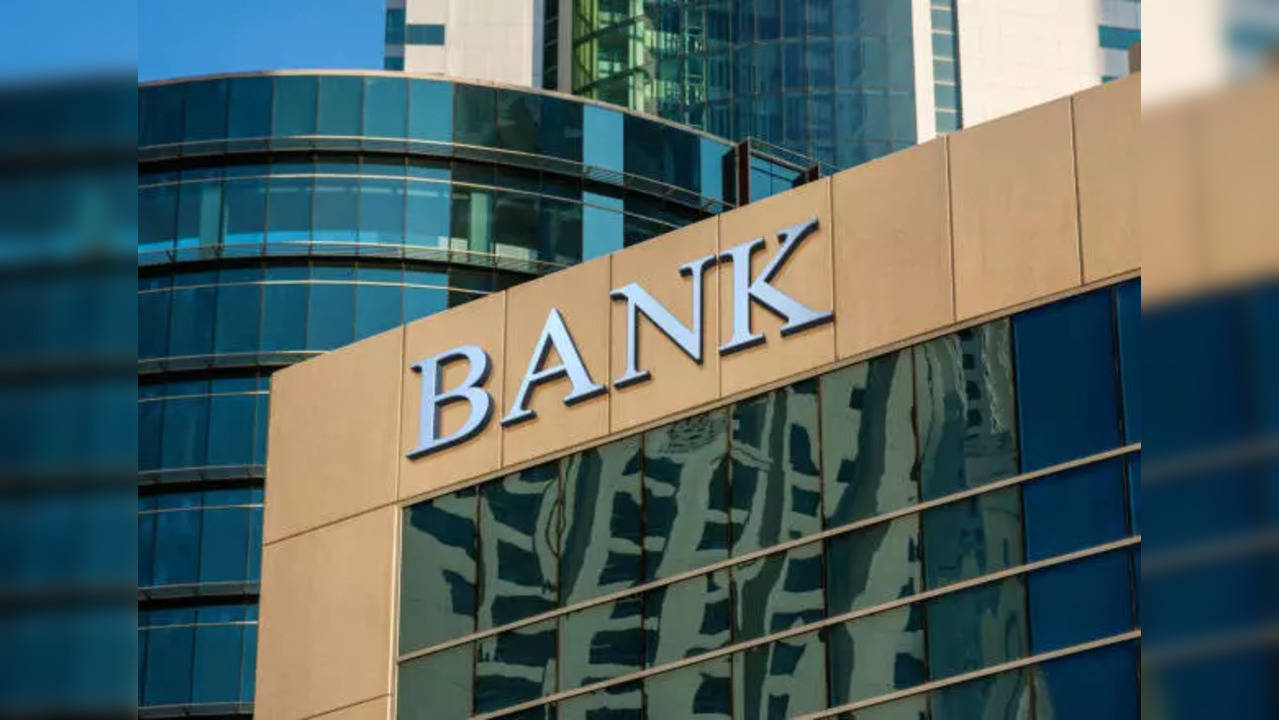Bank Nifty can see further downside at 30,000, says JM Financial
JM Financial’s capitulation monitor indicates that markets may not have priced in the full impact of the ongoing stagflation. Consensus earnings growth for FY23E and FY24E currently stands at 16% and 14% respectively. They expect an earnings downgrade of 15-20% due to the expected economic slowdown and the higher base of FY22.

Representative Pic
Photo : iStock
New Delhi: JM Financial’s capitulation monitor indicates that markets may not have priced in the full impact of the ongoing stagflation. Consensus earnings growth for FY23E and FY24E currently stands at 16% and 14% respectively. They expect an earnings downgrade of 15-20% due to the expected economic slowdown and the higher base of FY22.
As per them, the sectors that are exposed to higher earnings vulnerability from potential growth slowdown are: Larger index components-Banks & NBFCs, Oil & Gas; Smaller Sectors -Cement, Metals, Infrastructure; Non-Nifty-Industrials, and PSU banks. Sectors that are moderately at risk are Autos, Consumer staples, Pharma, Utilities, Upstream Oil & Gas, and IT.
Apart from earnings downgrade, they see minimal scope for multiple expansion even from a favourable view on the Fed’s tightening as they expect market risk premium to expand to reflect the underpriced risks. Consequently, they expect Nifty 50 to capitulate with a further downside of 10% (CMP 15800). Their model portfolio remains focused on domestic themes, and UW on growth sensitive deep cyclicals.
On sectors, JM Financial notes that valuation (PE TTM) for IT Nifty index has declined sharply from 36x to 25x, much sharper than Nifty 50 at 19.5x, but the relative valuation remains somewhat higher compared to long term trend, indicating scope for further correction. Similarly, for FMCG sector- valuations have remained steady over the past 7-8 years (trailing PE at 35-40x). Hence, it has been less susceptible to recent market falls. On the flip side, the relative valuation of the Auto Index vs Nifty has been depressed after the 2017 peak. Hence, despite the modest recovery in relative valuation, there is a scope for sustained outperformance.
JMFL notes that Bank Nifty at 33,000 has underperformed with a 23% correction against the Nifty (-17%). This is despite the better than-expected credit growth revival at 13% (May’22). Repo rate hikes and narrowing liquidity have resulted in an increase in deposit and lending rates.
Anecdotally, the increase in MCLR of banks (15bp, May’22) has been lesser than the increase in term deposit rates on bulk deposits of large banks (SBI, ICICI Bank and HDFC bank) and the greater hike by smaller banks, reflecting the impact of the earlier ALM mismatch. The spread between the average lending and average term deposit rates of banks has already shrunk by 20bp at 370bp (Apr’22) from the Oct’21 peak.
Additionally, the operating matrix for banks may get complicated as a) banks are likely to compete with prospective hikes in small savings schemes, b) lack of demand for long-term loans, evidenced from long-end Gsec curve flattening, c) elevated operating costs, d) growth slowdown and decline in commodity prices can slow credit growth in 2HFY23 and, e) economic slowdown can revive the NPA cycle, which they think has passed the best phase.
Given the sustenance of competitive pressure and our view that India equity markets are yet to capitulate, JM Financial thinks Bank Nifty valuation can be exposed to further downside with an expected range of 2.0-2.5x for trailing price to book. Thus, from the current levels of ~33,000 for Bank Nifty, and their last target of 32,000, there can be a further downside at 30,000.
Trending:
End of Article
Subscribe to our daily Newsletter!





Related News





Meet Konda Vishweshwar Reddy, Richest BJP Candidate So Far In Lok Sabha Elections 2024 With a Whopping Net Worth

JNK India IPO: Opens Today! Check Latest GMP, Key Dates, Price Band, Lot Size And Other Details

Media Baron Subhash Chandra Faces Insolvency Proceedings on Indiabulls Plea

Byju Raveendran Secures Personal Debt to Pay March Salaries to Employees

Rs 1,500,000,000 Fraud At A North East Branch, Mahindra And Mahindra Financial Services Shares Plunge 8 pc









